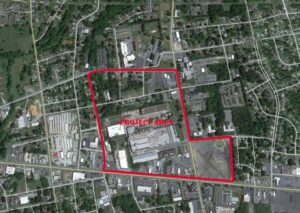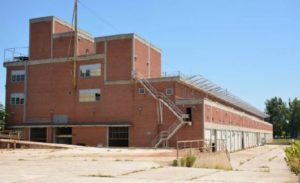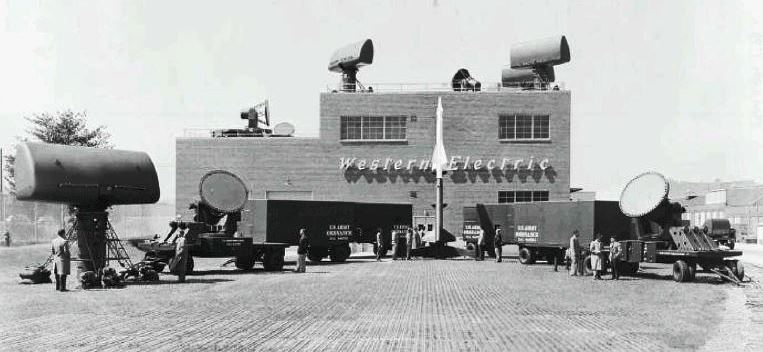On June 1, 2018, the City of Burlington, North Carolina has been selected by the American Institute of Architects (AIA) to receive a 2018 Sustainable Design Assistance Team (SDAT) grant.
The AIA has helped more than 200 cities use interdisciplinary design expertise to solve community problems over the last 50 years, according to Erin Simmons, AIA’s Senior Director of Design Assistance. “The redevelopment of the former Western Electric facility presents a unique opportunity for the revitalization of both the site and the surrounding neighborhoods. The SDAT program is looking forward to working with residents and stakeholders to develop an overall vision coupled with actionable recommendations for the project area,” she said.
 The grant will provide the city with a multi-disciplinary AIA project team that will work with community stakeholders to build a shared, sustainable vision and comprehensive master plan for the redevelopment of the former Western Electric facility on North Graham-Hopedale Road.
The grant will provide the city with a multi-disciplinary AIA project team that will work with community stakeholders to build a shared, sustainable vision and comprehensive master plan for the redevelopment of the former Western Electric facility on North Graham-Hopedale Road.
In addition to providing volunteer design experts, the AIA will contribute up to $15,000 toward the process. The City is providing $5,000 in matching funds. The total estimated value of the AIA grant is $175,000.
Located on the east side of the city, Western Electric is a 22-acre former U.S. Army missile and communications systems manufacturing site with 760,000 square feet of space in 16 buildings. At its peak in the 1960’s, this plant employed almost 4,000 engineers, technicians and line workers. Entire neighborhoods, schools and shopping areas were built nearby to serve the plant.
Employment slowly declined at the plant as the Cold War ended. In 1991, the facility officially closed. The property was sold by the U.S. Government in 2004; it has been predominantly vacant since. In 2016, the plant was added to the National Register of Historic Places to encourage tax credit investors and historic redevelopment.
 How can this former plant anchor a vibrant, sustainable economic future? The SDAT process is designed to align multiple resources and stakeholders to create a series of actionable steps that will lead to neighborhood revitalization, new investment and new opportunities for the community. Action steps will be developed based on the priority issues and needs identified by the SDAT Steering Committee and feedback from the AIA SDAT team members.
How can this former plant anchor a vibrant, sustainable economic future? The SDAT process is designed to align multiple resources and stakeholders to create a series of actionable steps that will lead to neighborhood revitalization, new investment and new opportunities for the community. Action steps will be developed based on the priority issues and needs identified by the SDAT Steering Committee and feedback from the AIA SDAT team members.
The representatives from the diverse Steering Committee, which consists of representatives from area governmental agencies, non-profits, religious institutions, and businesses, convened on May 31 with the City’s assigned AIA project team leader, Tom Liebel, to kick off the process. Liebel is a Baltimore, Maryland-based architect, and a leading voice on adaptive reuse and historic preservation projects nationwide. His projects have won multiple awards from the Urban Land Institute, AIA and the US Environmental Protection Agency. Liebel is a Fellow at the AIA and was one of the first architects in the country to receive the LEED Accredited Professional designation.
Burlington Economic Development Director Peter Bishop is the city’s project lead for the SDAT process. “I believe the AIA SDAT grant will engage our stakeholders to design solutions together that will jumpstart redevelopment interest in the plant and strengthen the neighborhood,” he said.
The final SDAT presentation is expected to take place in the fall. The final SDAT report is anticipated to be delivered to the City of Burlington this winter.
Photos courtesy of City of Burlington.

